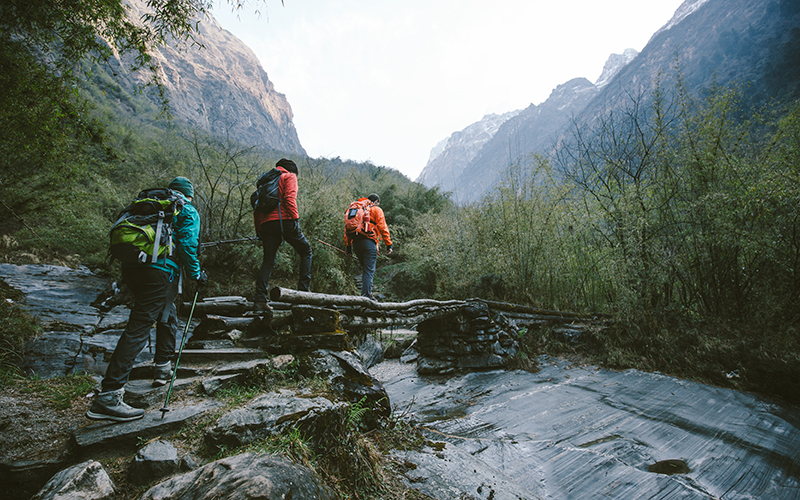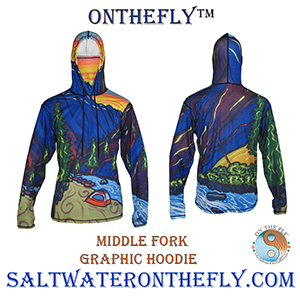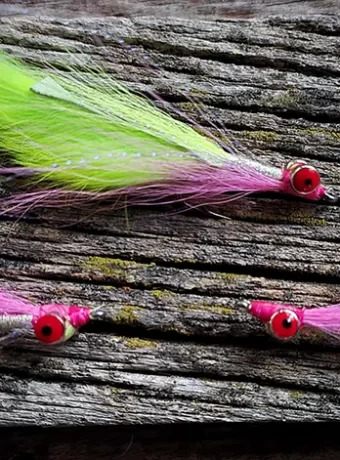Hypothermia Be Aware: Hypothermia Fundamentals are Important to Understand
Yes, hypothermia can happen in warmer wet weather, not just in cold winter months. Now is the time to be prepared.
There are many gearing up for sports, skiing, hunting, and other outdoor activities who wait all year to enjoy the Great Outdoors when the leaves change and snow starts to fall. But there are safety precautions that cannot be overlooked when venturing outside during this time of year. And the best way to prevent danger is to learn how to avoid it. Not only is wearing layers of clothing an appropriate measure in cold and wet weather, but it is also equally important to learn what about Hypothermia and how to avoid or treat this potentially dangerous drop in body temperature.

Understanding the Signs of Hypothermia
Most know that your normal body temperature averages 98.6 degrees. With Hypothermia, however, that core temperature drops below 95 degrees. When looking at a case of severe Hypothermia, it can drop to 82 degrees or even lower! So, how does exposure to the cold cause hypothermia to set in? Good question. In simple terms, up to 90% of that much-needed warmth escapes through your skin, and the rest you exhale from your lungs. When your skin is exposed to wind, snow, or freezing moisture, body heat loss can occur as much as 25 times faster than it would normally. This can be an extremely dangerous situation.
Listen to the Body, It Knows What’s Going On
Various outdoor websites and blogs, along with the popular WebMD, explain all about the warning signs of Hypothermia. When the hypothalamus (AKA: the part of your brain that works as the temperature-control center) needs you to understand what’s happening, it sends signals. In fact, the most familiar one to experience during cold temperature exposure is shivering. This is the first protective response you own to not only warn you but also a way for your body to produce heat through increased muscle activity. Not to mention, when working normally in the right temperatures, your heart and liver produce most of your body heat. But when the temps grow cold, these organs produce less heat; they “shut down” to preserve the heat you have left and protect your brain. When this occurs, your brain activity can slow, along with your breathing and heart rate.
When it comes to adults, shivering is the first sign. Understanding that this is a good one because if you’re shivering, you know your heat regulation systems are still very active. From this point on, you must listen to your body and recognize the signs to understand that the stages of Hypothermia are developing. Symptoms include slow, shallow breathing, confusion, memory loss, the feeling of exhaustion, slurred speech, loss of coordination or stumbling steps, and a possible slow, weak pulse. It is important to recognize these issues! When it comes to severe Hypothermia, a person may slip into unconscious and not show the signs of even breathing or having a pulse. Be aware of these signs for your self and other people around you when outside during this time of year.

Those Most at Risk and How to Treat in the Outdoors
People who are most at-risk for Hypothermia are the elderly, infants, and children without adequate heating, clothing, or food. Not to mention those who stay outdoors for extended periods without layering their clothing and paying attention to what their body is telling them. When it comes to infants, symptoms of Hypothermia to look for include cold-to-the-touch, bright red skin, and unusually low energy.
So, how do you treat it if medical attention isn’t available immediately? There are a few rules to remember in order to assist those in need. Remove any wet clothing, hats, gloves, shoes, and socks immediately. Protect the person against winds, drafts, and any further heat loss by putting them in warm, dry clothes and covering them with blankets. Above all, to move the person gently to a warm, dry shelter as soon as possible.
Gear to Always Have Packed
One invaluable item to maintain in a pocket, pack, or small gear bag is to have a small lightweight “Emergency Blanket” with you. In fact, some models weigh only a few ounces and can be folded to fit in a back pocket of a pair of pants. These “metallic” looking blankets are designed to wrap around someone who is extremely cold and can be a lifesaver. The blankets are designed to reflect your body heat and hold body temperature as high as possible until you can move the person to a warmer situation, find additional assistance, or need medical care. Always carry an extra dry base layer of upper and lower. Lightweight and lifesaving.
Field Tested Base and Outer Layer Outdoor Apparel
It is easy to enjoy your Outdoor Adventure! It’s important to live every day to its fullest, so get outdoors and make those snowmen, go hunting, snowshoeing, fly fishing or get on the ski slopes – do all that makes you happy. Just always remember: Stay Safe!










